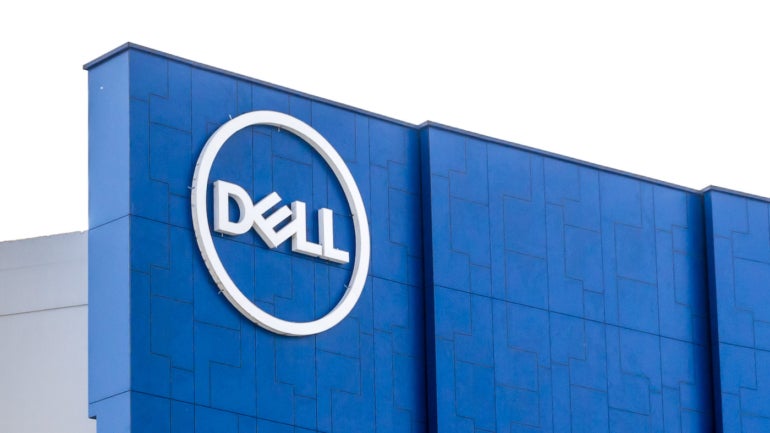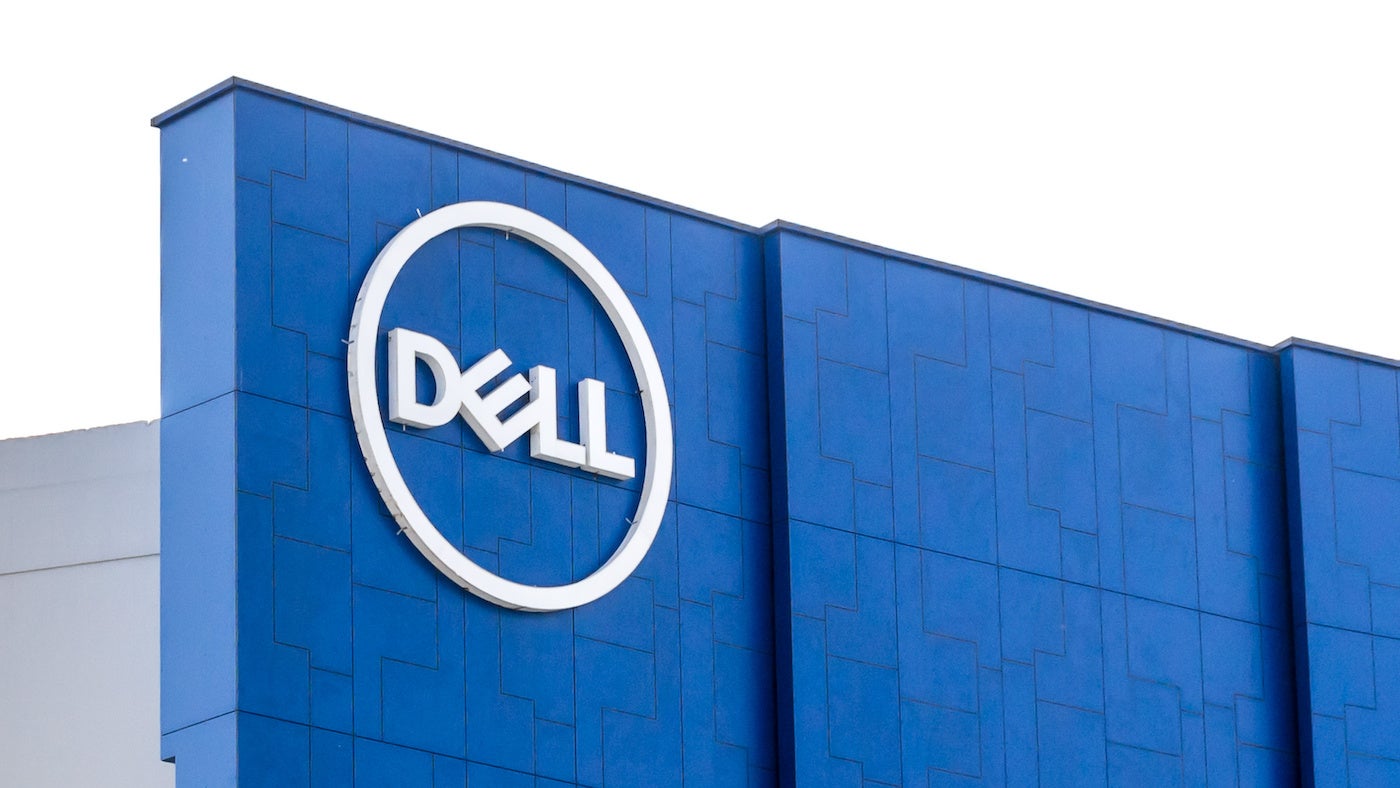
Ahead of Mobile World Congress 2023, Dell Technologies announced a partnership with Red Hat on expanded tools for cloud-native telecom network infrastructure deployment, a private wireless solution, PowerEdge servers specialized for telecom and more.
Jump to:
- Red Hat joins Telecom Infrastructure Blocks portfolio
- Dell’s new line of PowerEdge servers
- New private 5G wireless portfolio
- New offerings from Dell’s Open Telecom Ecosystem Lab
Red Hat joins Telecom Infrastructure Blocks portfolio
Dell and Red Hat have codesigned Telecom Infrastructure Blocks for Red Hat, an expansion of Dell’s existing Telecom Infrastructure Blocks for 5G core and radio access network workloads. The cloud-native solution includes the hardware, software and subscriptions network operators can use to build, scale out and power core network functions using Red Hat OpenShift and Red Hat Advanced Cluster Management for Kubernetes.
The solution is based on open technologies, which Dell claims will not create or exacerbate the siloing problem that can often plague vendor-specific stacks in telecom networks.
“Networks operating at scale from the core to the edge require layered capabilities across infrastructure and software-defined architecture, with added security measures, orchestration and cloud-native applications,” said Honoré LaBourdette, vice president of telco, media, entertainment and edge ecosystem at Red Hat. “By collaborating through an ecosystem of skilled hardware and software vendors, we are better equipped to deliver tailored solutions for network operators that meet their unique needs.”
“We see this announcement as a positive step toward further ecosystem diversity and accelerating open and virtualized networks,” said Marc Rouanne, executive vice president and chief network officer at Dish Wireless.
Dell anticipates that Telecom Infrastructure Blocks for Red Hat will be available across the globe in the second half of 2023.
5G core challenges
Dell positions these Infrastructure Blocks as a way to smooth out the process of how communications service providers build out a 5G core. The network architecture for 5G is built entirely on the cloud, and Dell’s Infrastructure blocks can be used to build it either in the cloud or in the radio access network.
Dell and Red Hat provide validation for the full hardware and software stack for each Infrastructure Block, giving each customer the basic out-of-the-box operability. The companies also offer automation tools, such as Red Hat Advanced Cluster Management for Kubernetes and Red Hat Ansible Automation Platform, which integrate the cloud platform software and give providers an easy way to deploy, configure and upgrade servers.
Dell plans to push new Red Hat software features as they come out. Dell will handle as much integration testing for new patches and upgrades as possible on their end to reduce the extra work the provider might otherwise need to do.
SEE: Don’t curb your enthusiasm: Trends and challenges in edge computing (TechRepublic)
Dell’s new line of PowerEdge servers
A new line of PowerEdge servers — the Dell PowerEdge XR5610, XR8000 and XR7620 — have been built specifically with telecom, Open RAN and mobile edge computing workloads in mind. The servers are also optimized for simplifying edge operations, Dell said.
The PowerEdge XR5610 monolithic server is a single-socket, 1U server for telecom, defense and enterprise edge use cases, including dusty environments and extreme temperatures.
The PowerEdgeXR8000 comes in a 1U and 2U single-socket form factor and is optimized for cloud-native, disaggregated Open RAN applications.
The PowerEdge XR7620 server is a 2U dual-socket server with integrated networking and enhanced storage. It’s best for the industrial edge or in select telecom use cases where data needs to be collected and rapidly analyzed right at the edge.
Features include:
- 4th Gen Intel Xeon scalable processors.
- Intel vRAN Boost option (accelerator card)
- Network Equipment Building Systems Level 3 compliance.
- Zero trust enabled.
- Dell Smart Cooling.
- Supports temperatures from –5 to 55 degrees Celsius (23–131 degrees Fahrenheit) for more options on the edge.
- Intel Advanced Matrix Extensions.
Because these servers are designed for the edge, the products are sized to fit into cell towers and ruggedized for the world outside the data center.
These new server options will be available across the globe in May 2023.
SEE: Dell boosts performance of PowerEdge servers for AI, cloud and edge (TechRepublic)
New private 5G wireless portfolio
Dell announced the new Private Wireless Program for communications service providers and enterprises. This draws on the resources of an ecosystem of partners to provide a marketplace for a wide variety of interoperable private 5G wireless solutions. It is an as-a-service portfolio with self-service operations capabilities and with solution integration, end-to-end management and support provided by Dell employees.
Dell released on Wednesday the following two related offerings linked to certain partnerships.Private Wireless with Airspan and Expeto
Airspan and Expeto provide a fully-integrated solution for private and public 4G and 5G networks. It’s designed for medium and large enterprises to extend on-site and remote application support.
Private Wireless with Athonet
Athonet brings private wireless solution options — network architecture, radio vendor or spectrum band — to small and medium businesses.
New offerings from Dell’s Open Telecom Ecosystem Lab
Dell’s open telecom headquarters in Round Rock, Texas, specializes in testing, certifying and validating open telecom solutions and applications. The latest solution is Open Telecom Ecosystem Lab Validation Services, which provides dedicated access to Dell engineers for ongoing design consultation and validation for communications service providers. Dell anticipates these services will be open for business in the first half of 2023.
Dell also recently opened a Wind River self-certification lab environment for testing and validation. In addition, a new Open Telecom Ecosystem Lab is now open in Cork, Ireland. It provides the same services at a different location for the global, open telecom ecosystem.
Read next: Leading edge computing companies (TechRepublic)
